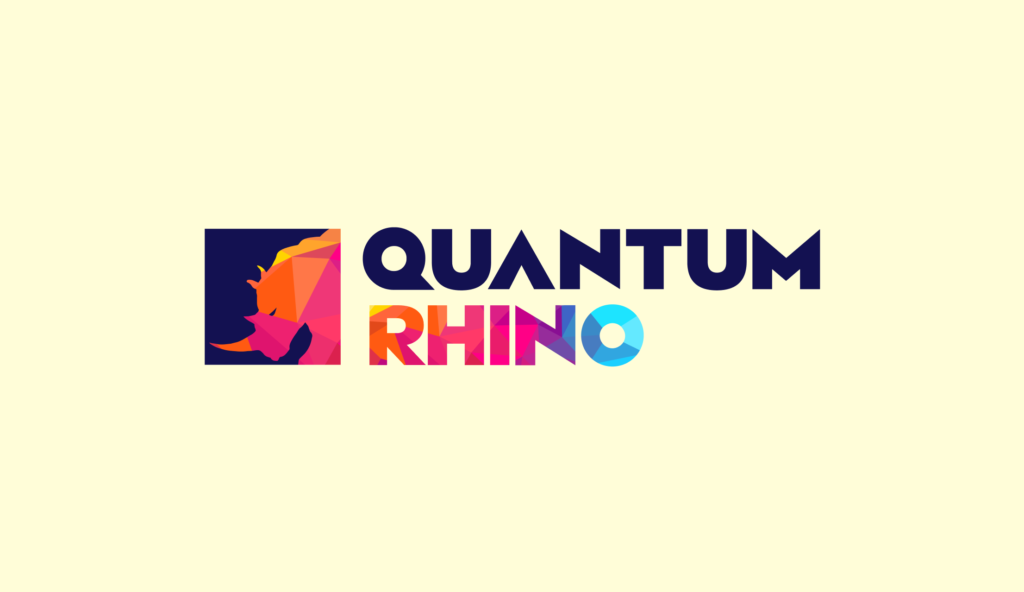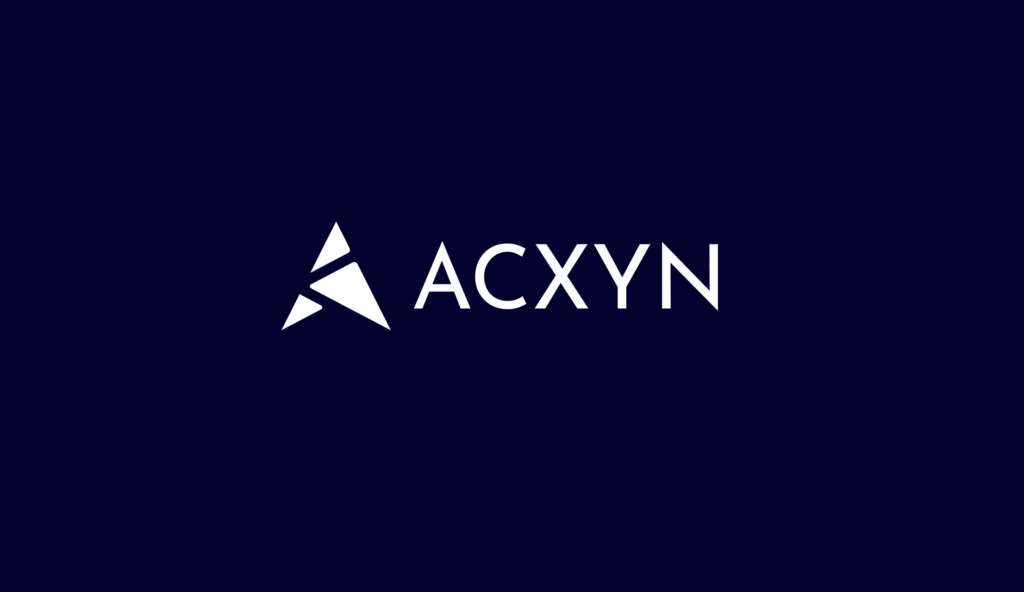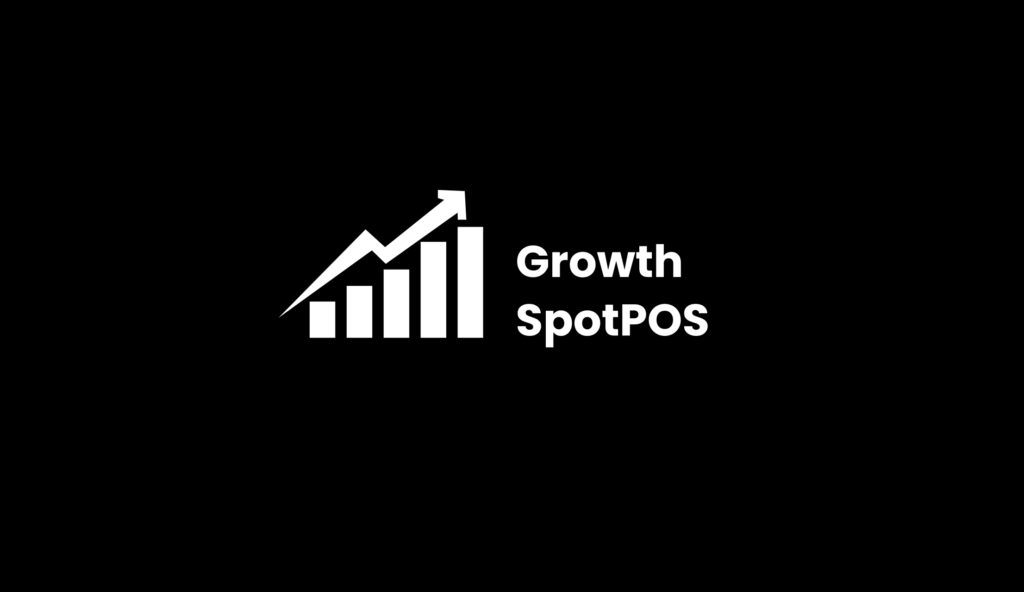JavaScript continues to dominate the web development landscape, and frameworks play a pivotal role in simplifying development, boosting productivity, and enhancing scalability. As we step into 2024, the demand for robust, scalable, and high-performance applications has never been higher. To help developers stay ahead of the curve, here’s a rundown of the Top 10 JavaScript Frameworks for 2024.
For more insights read: Guide to Choose the Best Full Stack Web Development Company for your Project.
1. React
React remains one of the most popular JavaScript libraries for building user interfaces. Developed by Facebook, it focuses on creating reusable UI components, making it ideal for building dynamic and interactive web applications.
Key Features:
- Component-Based Architecture: Breaks down the UI into reusable components.
- Virtual DOM: Optimizes performance by updating only the necessary parts of the DOM.
- Rich Ecosystem: Extensive third-party libraries and tools like Redux and React Router.
React is widely adopted in both startups and enterprises, making it a must-learn for developers aiming to stay competitive in 2024.

2. Vue.js
Vue.js has been gaining massive traction for its simplicity and flexibility. It’s an open-source progressive framework used for building user interfaces and single-page applications (SPAs).
Key Features:
- Two-Way Data Binding: Syncs data between the model and the view.
- Ease of Integration: Can be easily integrated with other libraries or existing projects.
- Small Learning Curve: Easy to learn and start building applications quickly.
Vue.js is an excellent choice for developers looking to transition from vanilla JavaScript or other libraries to a more structured framework in 2024.
3. Angular
Angular is a comprehensive framework maintained by Google. It’s ideal for building large-scale enterprise applications and provides a robust set of features out of the box, including dependency injection, data binding, and component-based architecture.
Key Features:
- TypeScript-Based: Built with TypeScript, enhancing code maintainability and error checking.
- Two-Way Data Binding: Automatically syncs data between the model and view.
- Full-Featured Framework: Includes everything from routing to state management, making it ideal for large projects.
Angular’s steep learning curve may be challenging for beginners, but its scalability makes it a top choice for enterprise-level applications in 2024.

4. Svelte
Svelte takes a different approach from traditional frameworks by shifting the work to the compile step rather than the browser. It compiles components to highly efficient imperative code, reducing the size and complexity of the application.
Key Features:
- No Virtual DOM: Direct DOM manipulation for faster performance.
- Highly Optimized Output: Smaller bundle sizes compared to other frameworks.
- Reactive Programming: Automatically tracks changes in state and updates the DOM.
Svelte is ideal for developers who want to build lightweight, fast, and reactive web applications in 2024 without the overhead of traditional frameworks.
5. Next.js
Next.js is a powerful framework built on top of React, focusing on server-side rendering (SSR) and static site generation (SSG). It provides a robust solution for building fast, scalable, and SEO-friendly applications.
Key Features:
- Server-Side Rendering (SSR): Improves performance and SEO by pre-rendering pages on the server.
- Static Site Generation (SSG): Combines the best of static websites and dynamic features.
- API Routes: Allows creating API endpoints directly within the application.
Next.js is a top choice for developers building performance-driven applications with excellent SEO capabilities in 2024.

6. Nuxt.js
Nuxt.js is a framework built on top of Vue.js that offers SSR, SSG, and hybrid rendering options. It’s a highly versatile tool for building both static and dynamic websites, with a focus on performance and SEO.
Key Features:
- Server-Side Rendering: Enhances performance by pre-rendering pages on the server.
- Modular Architecture: Easily extend the application with modules and plugins.
- Automatic Routing: File-based routing simplifies navigation and structure.
Nuxt.js is the Vue equivalent of Next.js and is a go-to framework for developers wanting to create SEO-friendly and high-performance applications in 2024.
7. Express.js
While not a front-end framework, Express.js is a minimal and flexible Node.js framework that provides robust features for building web and mobile applications on the server side. It’s widely used for creating APIs and server-side applications.
Key Features:
- Minimalist Framework: Lightweight with just the necessary features for building web applications.
- Middleware Support: Extensive support for middleware to handle requests and responses.
- Asynchronous Programming: Built on top of Node.js, making it highly scalable.
Express.js is a go-to framework for backend developers working with Node.js, especially for REST APIs and full-stack applications in 2024.

8. Ember.js
Ember.js is a highly opinionated framework designed for building ambitious web applications. It comes with strong conventions and tools out of the box, offering everything from a build pipeline to routing and state management.
Key Features:
- Convention Over Configuration: Predefined structure to reduce decision fatigue and improve productivity.
- Fast Boot: Server-side rendering for better performance.
- Two-Way Data Binding: Keeps the model and view in sync.
Ember.js is ideal for developers building large-scale applications that require a lot of built-in functionality and strong conventions in 2024.
9. Meteor
Meteor is a full-stack platform for building web and mobile applications in JavaScript. It uses a single language (JavaScript) on both the client and the server, making it easy to build and deploy real-time applications.
Key Features:
- Real-Time Data: Built-in support for real-time data updates between the server and the client.
- Full-Stack Solution: Handles everything from the database to the front-end UI.
- Isomorphic JavaScript: Shared codebase for both client and server.
Meteor’s real-time capabilities make it an excellent choice for chat applications, real-time collaboration tools, and other similar use cases in 2024.

10. Gatsby
Gatsby is a static site generator built on top of React. It allows developers to create high-performance, SEO-optimized static websites and web applications. By leveraging GraphQL, Gatsby can pull data from various sources and build static pages during the build process.
Key Features:
- Blazing Fast Performance: Uses static site generation for lightning-fast load times.
- Rich Ecosystem: Large plugin ecosystem to enhance functionality.
- Data Fetching with GraphQL: Pulls data from multiple sources like CMSs, APIs, and databases.
Gatsby is perfect for building content-heavy sites like blogs, marketing sites, and eCommerce platforms that need to be fast and SEO-friendly in 2024.
Conclusion
As JavaScript continues to evolve, frameworks play a vital role in simplifying complex tasks, improving performance, and enabling rapid development. Whether you’re a beginner or a seasoned developer, the Top 10 JavaScript Frameworks for 2024 offer a wide array of features and tools that can help you build scalable, high-performance applications.
From the simplicity of Vue.js and the powerful server-side rendering capabilities of Next.js to the unique reactivity of Svelte and the full-stack offerings of Meteor, developers have more choices than ever to suit their project needs. Choosing the right framework depends on the specific requirements of your project, the learning curve, and the type of application you’re building.
Embrace these frameworks and continue pushing the boundaries of what’s possible in the ever-evolving world of web development!
For more insights on technology and innovation, visit TheBrandWick.



